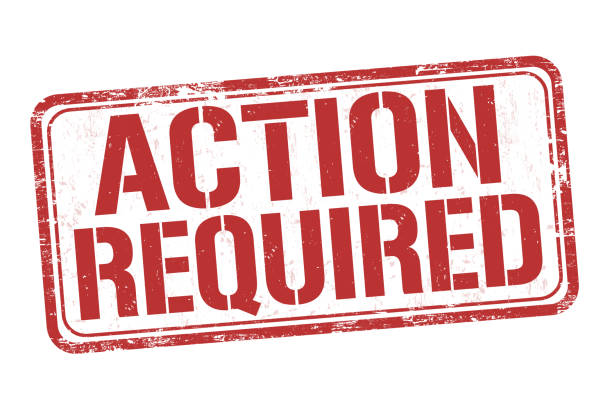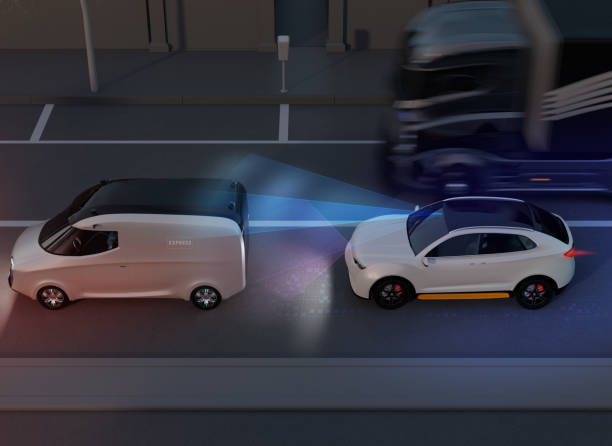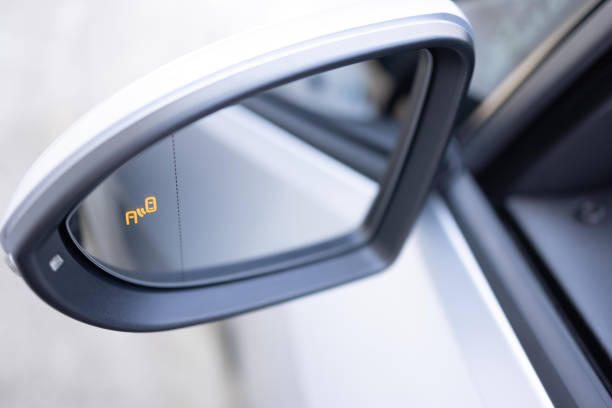Why ADAS Calibration is Non-Negotiable After a Repair

While many people view advanced driver assistance systems (ADAS) as merely optional features, they play a critical role in modern driving by providing real-time support and enhanced situational awareness. But what happens when a repair necessitates adjustments to your vehicle’s intricate ADAS calibration?
After any kind of mechanical work, ADAS calibration is non-negotiable for maintaining the safety and functionality of your vehicle. If not working properly, it can have a profound impact on the effectiveness of your ADAS systems.
Understanding the Impact of Repair on ADAS Calibration
ADAS technologies rely heavily on sensors to provide real-time data about the environment, enabling features like lane departure warnings (LDW) and adaptive cruise control (ACC). However, when these sensors are damaged or affected by repair work, it can disrupt the ADAS in your vehicle. Here’s why:
- Sensor Accuracy – The damage may have impacted the sensor’s ability to accurately collect data about your surroundings. This can lead to incorrect data interpretation, resulting in inaccurate warnings or assistance from the ADAS systems.
- Calibration Equipment – ADAS calibrations are very specific, and a repair could alter the settings or the location of ADAS equipment, which would create false readings. It is critical to get accurate readings and results, and to do so, the equipment must be in the proper location and the settings correct. Otherwise, a recalibration may be necessary to work again accurately.
- Calibration Equipment – ADAS calibrations are very specific, and a repair could alter the settings or the location of ADAS equipment, which would create false readings. It is critical to get accurate readings and results and to do so, the equipment must be in the proper location and the settings correct. Otherwise, a recalibration may be necessary to work again accurately.
- System Interruptions – If repairs involve replacing or modifying electrical components of the vehicle’s sensors or control units, these changes can potentially impact the ADAS system’s functioning. Calibration ensures that all components are correctly calibrated and working together seamlessly.
Ensuring Proper Calibration After Repair: A Guide

While you might be tempted to bypass this step, it’s essential to understand the importance of proper ADAS calibration after any repair.** Here’s what to do if your vehicle needs repairs:
- Trained Specialist – ADAS should only be handled by trained specialists who have the correct tools to determine the status of each system. Standard scan tools will not provide the full data necessary to ensure your car is working correctly. There are other important factors that need to be verified to meet the standard operating procedure required by car manufacturers.
- Professional Tools – The technician will use specialized tools and software to calibrate your vehicle’s sensors to their original state after repair, ensuring optimal operation of ADAS.
- Documentation Confirmation – Don’t be afraid to request a confirmation report from your technician that outlines how the calibration process was completed. This document can serve as proof of proper calibration if you encounter any issues later on.
Remember, investing in ADAS calibration is not just about ensuring optimal functionality; it’s a proactive investment in your safety and driving experience.
Premier ADAS Solutions – Your Trusted Partner for Advanced Driver Assistance Systems
At Premier ADAS Solutions, we believe in the importance of continuous improvement when it comes to safety. That’s why we offer comprehensive ADAS calibration services using OEM tools, ensuring that our customers receive the best possible performance from their vehicle’s advanced technologies. Our team of experts will work diligently to provide you with safe and reliable driving assistance systems every time.
Related Posts
Southern Utah Passport to Summer 2025
 Car Safety with ADAS Welcome to Premier ADAS Solutions' car safety education for your summer fun. Please view the video...
Car Safety with ADAS Welcome to Premier ADAS Solutions' car safety education for your summer fun. Please view the video...
Front Radar Sensors and Their Role in
 Front Radar Sensors: The Unsung Heroes of ADAS When it comes to modern vehicle safety, one of the most crucial...
Front Radar Sensors: The Unsung Heroes of ADAS When it comes to modern vehicle safety, one of the most crucial...
Blind Spot Monitoring: A Game-Changer for Safer
 Blind spot monitoring and detection transform road safety, providing drivers with an extra set of eyes where visibility is often...
Blind spot monitoring and detection transform road safety, providing drivers with an extra set of eyes where visibility is often...

